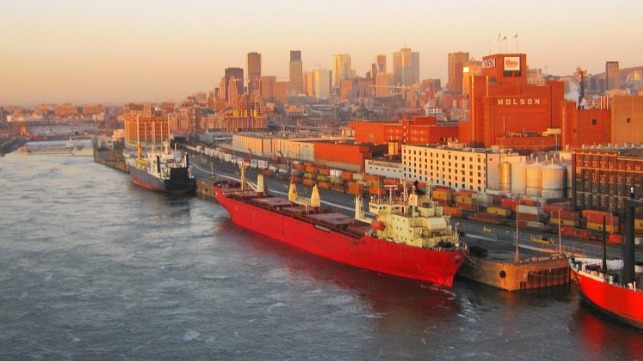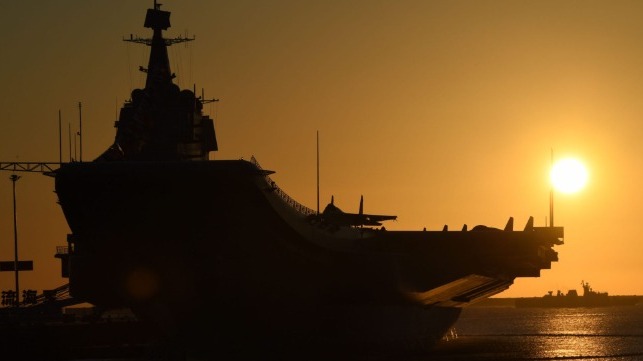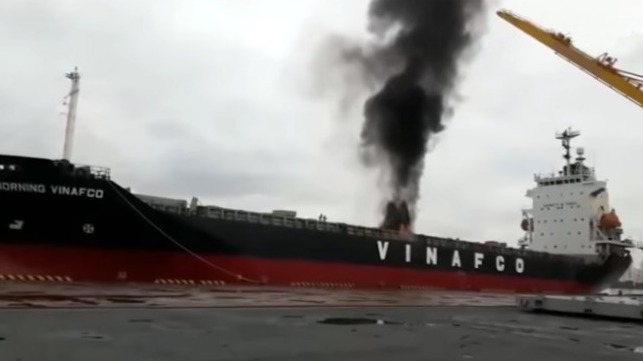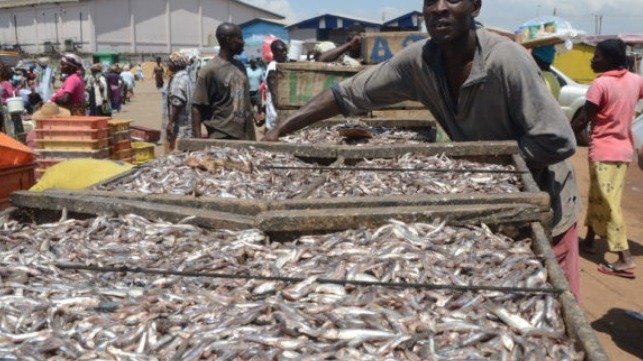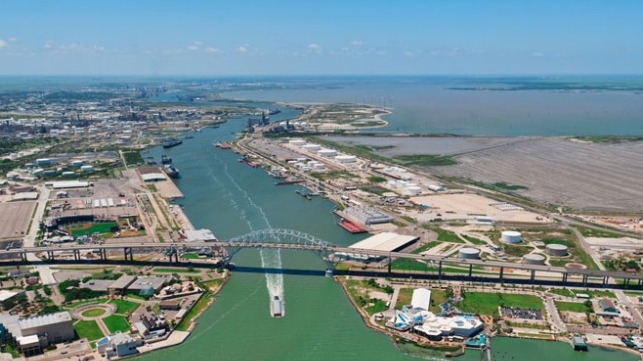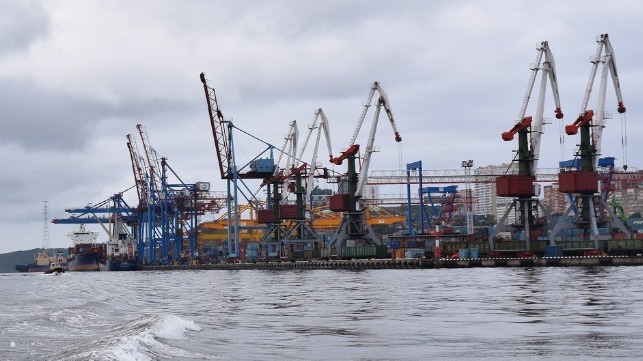Stephanie Dubois

Doctors say vaccine incentives like Alberta's "Open for Summer" lottery and the recently announced $100 gift cards for people who get their first and second doses aren't enough to boost COVID-19 vaccination rates in the province.
As of Monday, Alberta has the lowest percentage of eligible people with a first dose of the COVID-19 vaccine in the country, according to CBC's vaccine tracker.
Physicians in the province say a vaccine passport or stronger restrictions on access to public spaces for those not vaccinated is needed to boost vaccine rates in the province — not more incentives.
"The lottery really didn't have a particularly significant effect. And so I'm not sure that an individual incentive will make a huge difference, either," said Dr. Stephanie Smith, an infectious diseases specialist at the University of Alberta Hospital.
Did the lottery boost vaccine rates?
An analysis of Alberta Health daily vaccine data shows that after the $3 million vaccine lottery was announced on June 12, and travel prizes a few days later, there was an increase in first-dose rates.
But by mid-July, when outdoor prizes were added to the lottery, first-dose vaccination numbers had largely plateaued.
Number of COVID-19 vaccine doses administered by day in Alberta
"When we think about incentivizing vaccine uptake, we would expect that it would really be the first dose that should jump up if people were going to be incentivized by a lottery," said Smith.
"There really was not any kind of indication that the lottery made a huge difference."
Premier Jason Kenney and Health Minister Tyler Shandro justified the province's lottery by citing Ohio's vaccine lottery and an increase in vaccine rates.
"The early evidence is in and lotteries can help boost vaccination rates," Shandro said on June 14.
It was reported that vaccine uptake after the lottery announcement increased, but a study published July 2 in the medical journal JAMA Network found no evidence "that a lottery-based incentive in Ohio was associated with increased rates of adult COVID-19 vaccinations."
The study's authors noted a vaccine uptick in Ohio and other states without a lottery when 12- to 15-year-olds became eligible for the Pfizer-BioNTech vaccine.
In addition to the lottery, Alberta is now turning to $100 gift cards in hopes of sparking demand for vaccines, Kenney announced on Friday.
"We tried the lotteries. We saw an uptick. It helped a bit. And we're going to try this. And we don't know if it will work or not," Kenney said Friday, adding the incentive is cheaper than the cost of COVID-19 hospitalizations.
Vaccine passports
Doctors in Alberta say the answer to increasing vaccine rates is not more incentives, but a vaccine passport or mandate that will restrict those without a first or second dose from visiting certain public places.

"We realize that there's different ways to generate acceptance of vaccinations. One of them is obviously a proactive idea of a lottery, but we realize that it's not working as well as we want it to," said Dr. Shahzeer Karmali, a general surgeon at the Royal Alexandra Hospital in Edmonton.
"We have to look at stronger measures to promote vaccinations. Other provinces, other countries have definitively introduced a vaccine passport or an idea that if you're unvaccinated, then there's limited access to society, because this is where we're at."
In B.C., government officials saw a massive increase in interest in the COVID-19 vaccine since announcing a new program to require proof of vaccination.
Smith said Alberta should take note.
"When we look at the places that have created those vaccine passports or made those mandates … there has been an increase in vaccine uptake," Smith said.
"I think that there's a much stronger indicator that that is effective compared to incentivizing with gift cards or lotteries.


